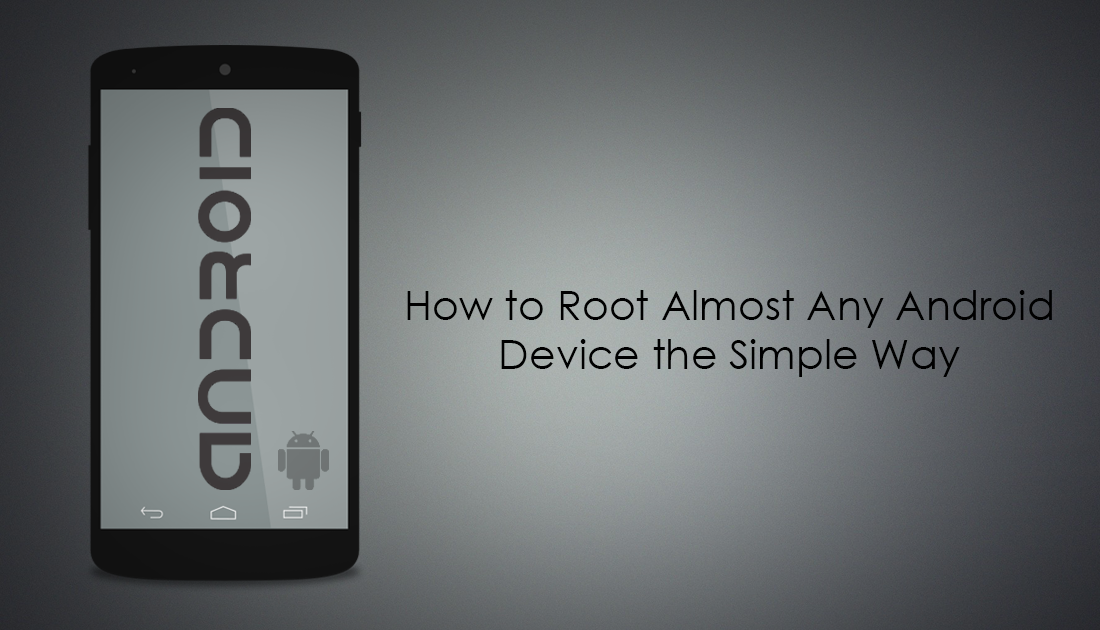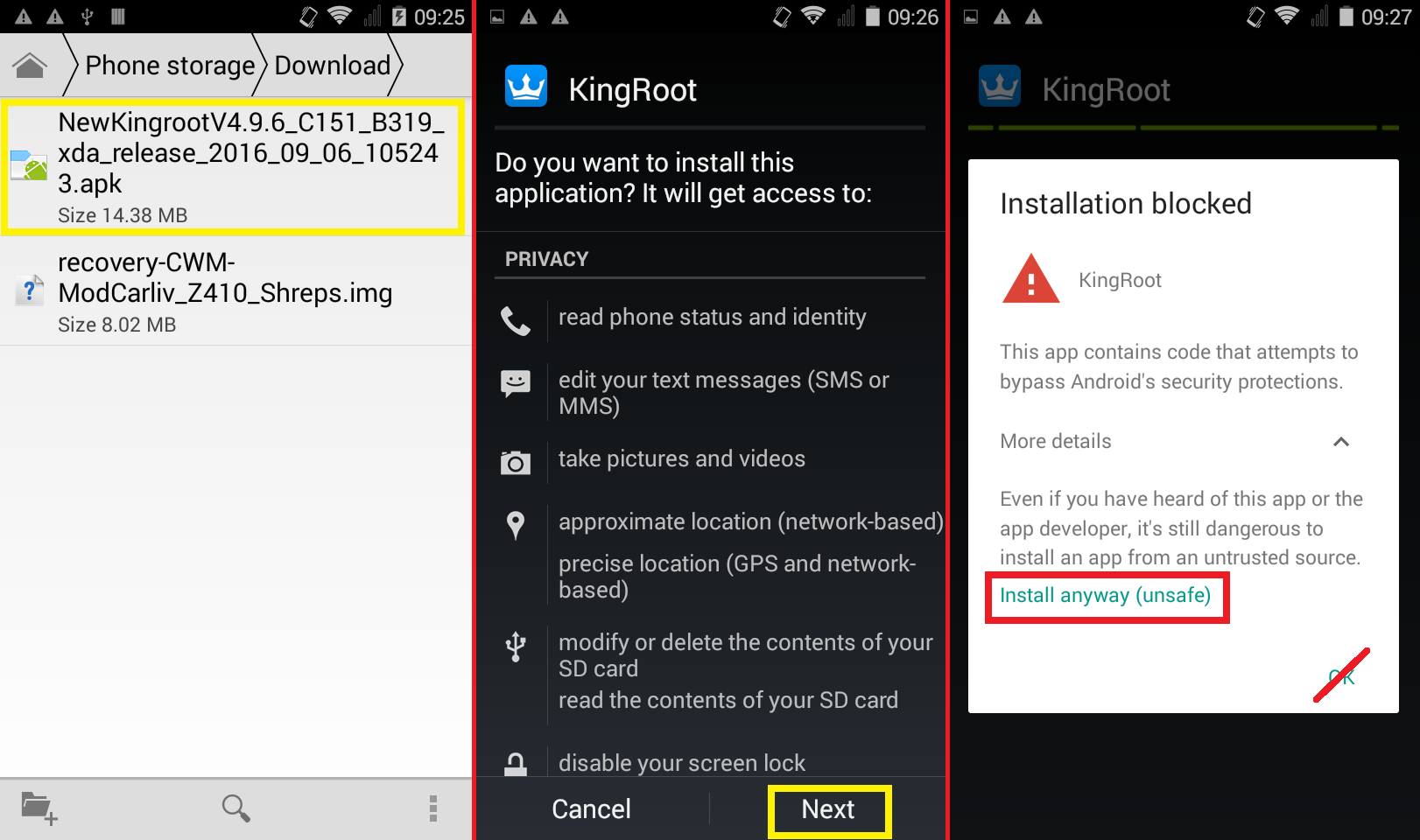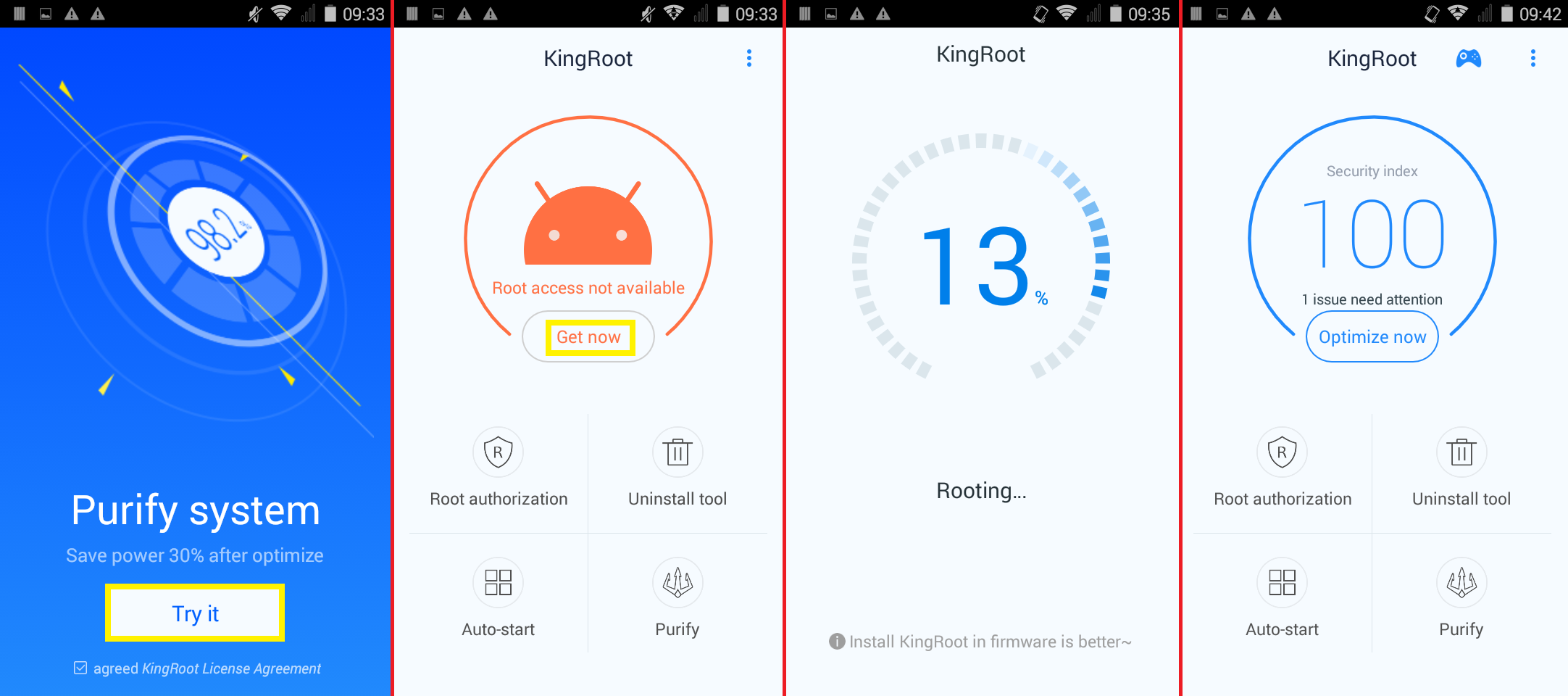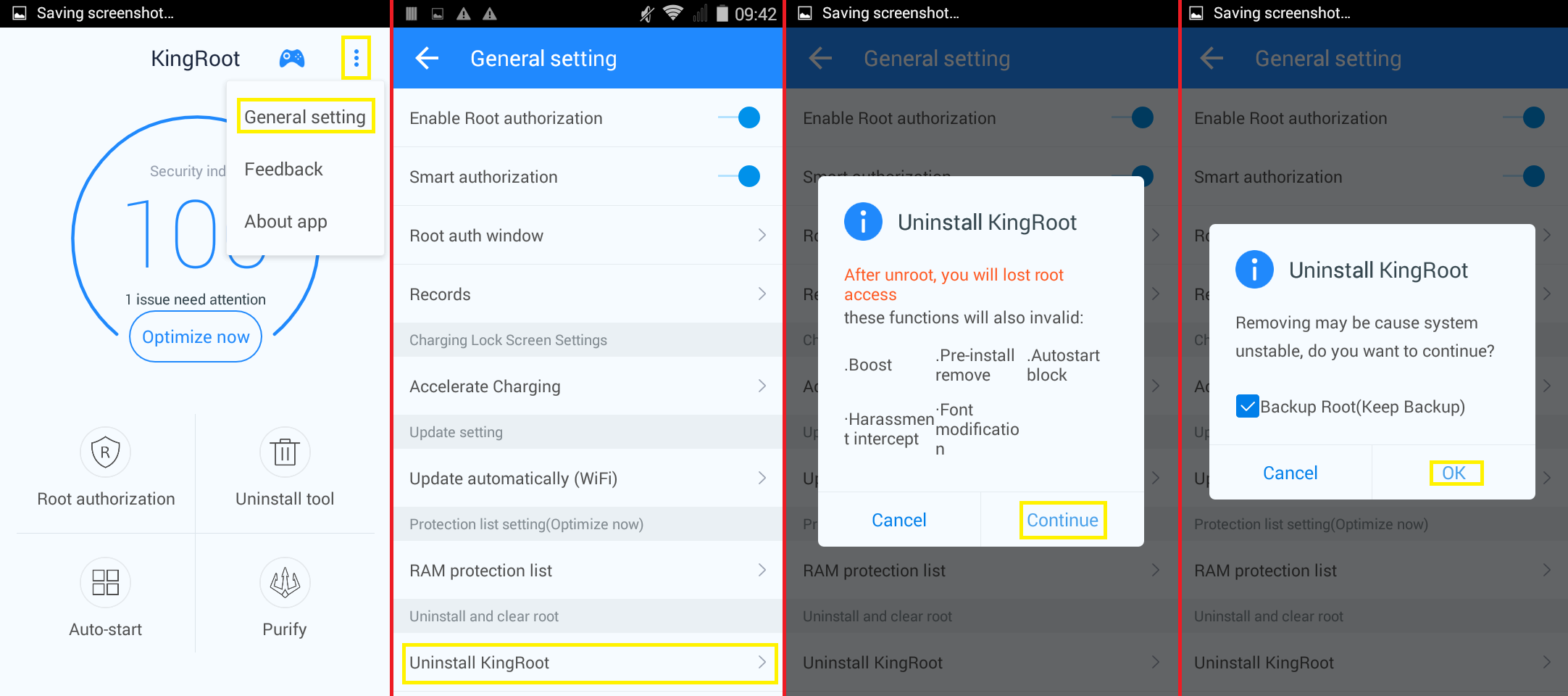If you own an Android device you have probably at some stage heard or the terms “root” or “rooting your phone” these might seem like strange terms, but in the terms of Android they mean opening up a world of possibilities. The basic principle of “rooting” an Android device is to grant access to the “superuser permissions", this basically works, in the same way, having administrator rights on a Windows PC does...

The Benefits of Rooting Your Android Phone and How it Works.
As rooting your Android device does come with some risks it’s best to make sure you know what you are getting into before performing a root on your phone, especially if your phone is new and still under the manufacturer's warranty. The general rule when rooting is that it will void your warranty, however, in most occasions, root access can be removed, whether this will make your warranty valid again, is hard to say. Either way, it's best to edge on the side of caution.
The main advantage of rooting your device is simply being able to remove unwanted, unneeded, factory installed apps and system files that waste valuable storage space and consume battery power, although it's not only limited to this. You can also get access to controlling status lights, rebooting, and even touch input calibrations. On top of this, there is also the option to force newer versions of the Android operating system on your device if Google and your manufacturer no longer officially support your current model.
You may also be interested in knowing: How to Install APK Files on your Phone.
Rooting can be quite a complicated and daunting challenge depending on the brand and model of your phone, as well as the type of rooting method you wish to use. Thankfully, there are options available that make rooting your phone super simple and quite safe, the one we will be using for this guide is called KingRoot and it sports an enormous list of compatible devices.
How to Root Your Android Device Using “KingRoot”
KingRoot is definitely one of the best and easiest rooting solutions available online and boasts a huge library of supported models and brands, such as Samsung, HTC, Google, Huawei, and LG. As for models, they claim to have over 100,000 devices supported. (I was unlucky enough that the HTC One_M8 non-international, wasn’t supported)
So to get started, download the Kingroot APK file from the KingRoot website, Android MTK Or just search for it on the Google Play Store from your device. If you choose the second link, Android MTK there are quite a few versions available, for the most compatibility choose the latest. You can download the APK file via your PC or directly onto your phone. It doesn’t matter which method you choose. Once you have the file downloaded, copy it from your computer onto your phone, then open it with your phone’s File Manager. If you don't know how to Install an APK file this guide will help. How to Install APK Files on Your Phone.
Note: Using the Download folder on your phone makes tracking down files easier.
Now that you have found the file, tap it to install. The file will start to install, after a few seconds you will be prompted with a warning Installation Blocked open the more details tab and tap Install anyway (unsafe) This will allow you to finish installing KingRoot.

Note: Make sure you have more than 50% battery life before you start rooting and back up your files.
Next, open the KingRoot app, scroll down and accept the Purify option, the next screen is where we will start the process of rooting your device. First, tap the Get Now icon, this will start the process, unfortunately, you will have to wait some time for the process to finish. If your device is supported, the root will finish successfully. If however, your device isn’t supported, like my HTC One_M8 you will get an error notice along with a short explanation. Don’t worry if you get the error your device will still work fine, it just means it won't be able to be rooted using KingRoot. Now that your device is rooted, you can begin customization and get rid of some of the bloatware.

Note: To check if your device is rooted you can download an app from Google Play called RootCheckerer Basic, it’s simple to use and easy to find.
Uninstalling KingRoot and Unrooting Your Device.
Removing root and KingRoot from your phone is just as simple as putting it on. Simply open the app once again, in the top right-hand corner tap the vertical dots and go to the General Settings menu. Here scroll down to the very bottom and select uninstall. Follow the prompts and the root will be removed. Once the root is removed you can uninstall the KingRoot app the same way you would uninstall any other App. Don’t forget to delete the APK file from your downloads folder also.
If you would like a to find out more about customizing the look and feel of your Android Device you can check out our non-root customization guide here.

